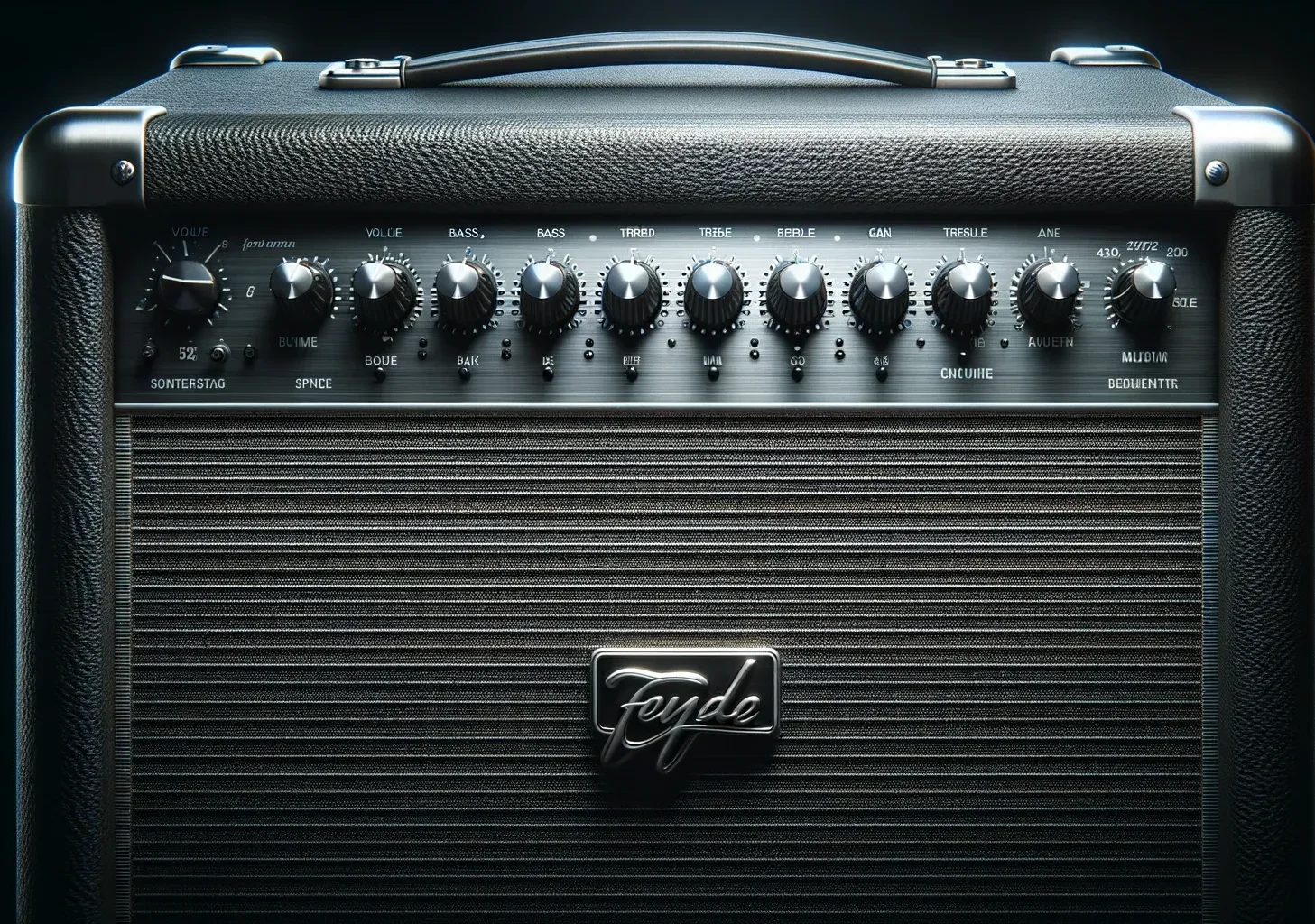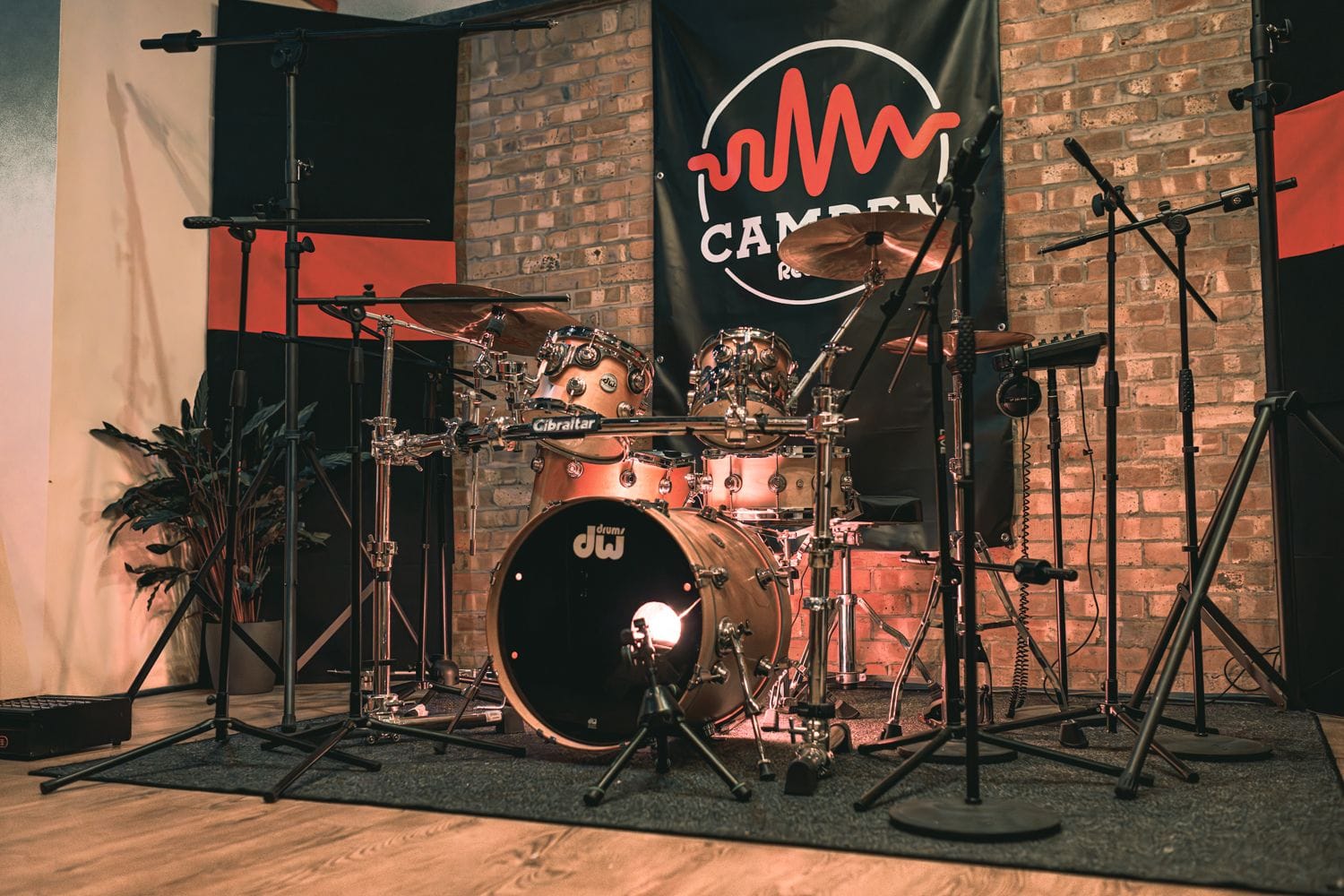The Essentials of Reamping: A Short Guide for Musicians and Producers
Reamping is a recording technique primarily used by musicians and producers to enhance and diversify the sound of their recordings. Initially, a clean, unprocessed HI-Z signal straight from a musical instrument, typically a guitar or bass, is recorded. This recording is then played back to the amplifier and re-recorded, usually with the mics on the amp, to capture the new processed sound. This technique offers unparalleled flexibility in mixing, allowing for extensive experimentation post-recording.
By re-routing the original signal through various amplifiers and effects, producers can explore a myriad of tonal options without requiring the musician to perform the take again. This not only saves time but also opens up a creative playground to achieve the perfect sound for a track. Whether it’s adding warmth, grit, or ambiance, reamping can significantly elevate the quality of a recording.
Furthermore, reamping is not limited to guitars. It can be applied to any instrument that can be recorded directly, offering endless possibilities in audio production. From revitalising dull drum tracks to adding depth to keyboards, reamping is a powerful tool in the producer’s arsenal.
Reamping requires a basic setup, including a reamp box, which converts the recorded signal back to an Hi-Z signal suitable for amplifiers and pedals, ensuring high-quality sound reproduction and good impedance between the signals. While the concept might seem straightforward, the technique’s true art lies in experimenting with different signal chains and settings to discover unique sounds that make a recording stand out.
Another advantage of reamping is that it allows you to record several musicians in a room using only the output of the instruments like guitars, bass and keyboards, achieving a total separation of sound between the instruments, something that would not be possible without reamping or having more rooms.
In conclusion, reamping is a technique that offers musicians and producers the opportunity to reshape and enhance their recordings in post-production. It provides an invaluable way to experiment with sound, ensuring that the final track is as polished and dynamic as possible.






